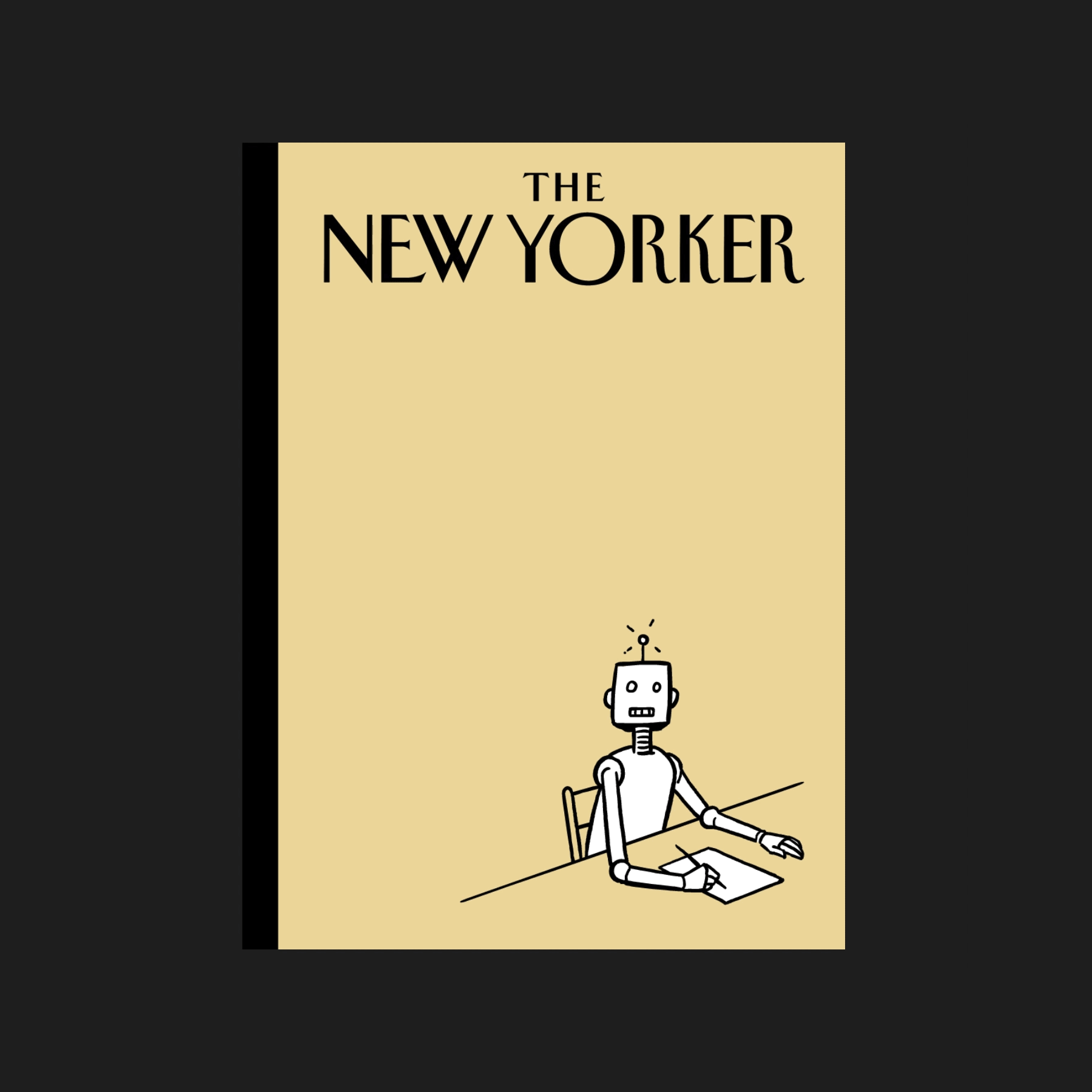Early concepts
The project brief required giving readers a way to build their own covers and satirizing generative A.I. tools in line with Niemann’s “garbage in, garbage out” critique, but with the technical constraint of not being able to actually use A.I. technology. Early design concepts I pitched included a form-style builder, a floating action bar builder with live design feedback, and a chat-feeling interface using limited vocabulary submissions and basic sentiment analysis.
After reviewing those concepts, two primary possible directions were developed. The first, a two-step progressive Mad Lib style builder.
The second, a limited-option chat-like interface that hewed visually closer to the style of generative A.I. chat tools.
After working through these concepts, the team ultimately decided to pursue the chat interface with a few revisions. The team decided the piece would be more successful satirically—and straightforward given our technical constraints—if our “bot” decided to deliver the same verbal responses to our readers, regardless of their input. Second live design changes would be a priority. The chatbot “conversation” step and cover “builder” step would be a linear but repeatable experience, giving readers a more immersive and playful interaction building covers.
Once the direction was decided, we were able to add bespoke elements and give the piece more character. Niemann and Mouly created a robot character to “speak” with our readers and crafted a script in “Till-E”’s voice. Niemann provided hand-drawn robot animations, elements to layer ini a thought cloud for Till-E, quirky knobs for the builder tool, and clever elements to randomly combine for each cover.
Readers could either click through the knobs to cycle through elements for the head, body, feet, background, strap, butterfly, and speech bubble or click the chaos button to randomize all. Analog sound effects attached to key presses completed the experience. Optimizing for mobile was important for this piece, so I took advantage of elements and interactions familiar to readers’ mobile experience to translate the builder for even the smallest viewport sizes supported by The New Yorker.
The last step in production was creating a launcher for the cover builder, which would also serve as the header of Mouly’s interview with Niemann about his print cover, the interactive builder tool, his sentiments on A.I. in general, and an installment in The New Yorker’s broader A.I. issue.














